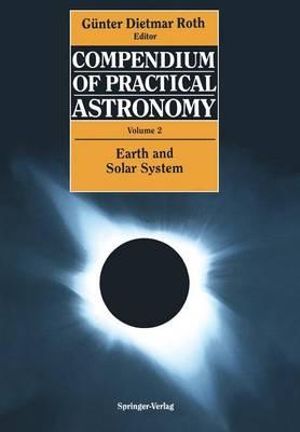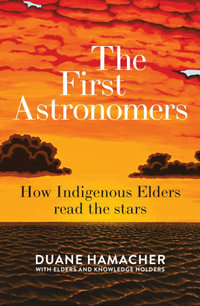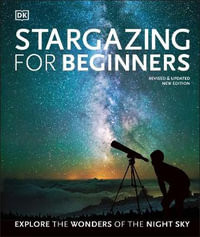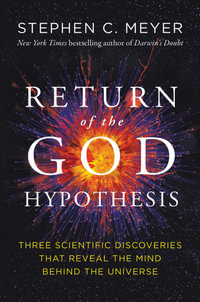
At a Glance
388 Pages
24.41 x 16.99 x 2.03
Paperback
$105.19
or 4 interest-free payments of $26.30 with
orAims to ship in 7 to 10 business days
When will this arrive by?
Enter delivery postcode to estimate
ISBN: 9783540548850
ISBN-10: 3540548858
Format: Paperback
Language: English
Number of Pages: 388
Audience: General Adult
Publisher: Springer Nature B.V.
Country of Publication: DE
Dimensions (cm): 24.41 x 16.99 x 2.03
Weight (kg): 0.62
Shipping
| Standard Shipping | Express Shipping | |
|---|---|---|
| Metro postcodes: | $9.99 | $14.95 |
| Regional postcodes: | $9.99 | $14.95 |
| Rural postcodes: | $9.99 | $14.95 |
How to return your order
At Booktopia, we offer hassle-free returns in accordance with our returns policy. If you wish to return an item, please get in touch with Booktopia Customer Care.
Additional postage charges may be applicable.
Defective items
If there is a problem with any of the items received for your order then the Booktopia Customer Care team is ready to assist you.
For more info please visit our Help Centre.
You Can Find This Book In

My Big TOE Awakening Discovery Inner Workings
The Complete My Big TOE Trilogy Unifying Philosophy, Physics, and Metaphysics
Paperback
RRP $72.59
$59.35
OFF
This product is categorised by
- Non-FictionSciencePhysicsApplied PhysicsGeophysics
- Non-FictionSciencePhysicsApplied PhysicsAstrophysics
- Non-FictionNature & The Natural WorldPopular Astronomy & Space
- Non-FictionScienceAstronomy, Space & TimeAstronomical Observation & Observatories
- Non-FictionScienceAstronomy, Space & TimeSolar System including The Sun & Planets






















